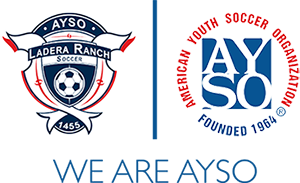Use this decision tree to help guide your session progression. This is targeted at 10u-14u.
If you adhering to our Play-Practice-Play philosophy, here are the key questions to help guide your players to solutions in a given situation:
Opponent has possession (left side of diagram):
- Defending when not closest/2nd closest to ball – How do you mark a player? What constitutes “dangerous” space or passing lanes? What should players look at to determine a balanced defense?
- Defending as a secondary – What is an appropriate position to take up as a secondary defender? What should the secondary anticipate? How do you watch for overlapping runs?
- Defending from an ahead position – How to spot good opportunities to pressure your opponent from behind? What tackles are appropriate? How to spot (and cover) overlapping runs?
- Defending as a primary in an overload situation with support behind – How do you delay in an overload situation? How do you work with your secondary defender to cover the advance?
- Defending as a primary without support – What are the key characteristics of delaying an opponent? How can force the opponent to look down? How can you direct them away from dangerous space? When should attempt to tackle?
Your team has possession (right side of diagram):
- Finishing as an attacker? What are good opportunities to beat your opponent? From where should you be looking to shoot vs cross? What types of feints are best in which situations?
- Advancing the ball to a teammate – What should your first option be when you receive the ball? When do you play to a player and when should play it in front of them? What represents dangerous space for your opponent? Can you play the ball through other passing lanes?
- Maintaining possession – If you have no clear option when receiving the ball, how do you protect it? What options do you have under pressure? How should you control the ball when under pressure?
- Off ball and in position – What should you be thinking about when waiting for a pass? How can you help your teammate get you the ball? How can you let them know where you’d like the ball played?
- Off ball and out of position – How can you make it easy for the player with the ball? Where is your teammate likely to look (or look for you) first? What would be an advantageous position in a given scenario?
During your small-sided games, scrimmages, and game time, you can use this structured set of scenarios to evaluate your players to seek out specific coaching opportunities for subsequent practices.




Leave A Comment